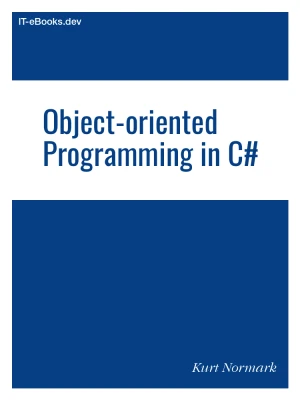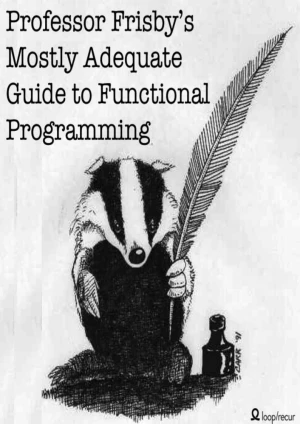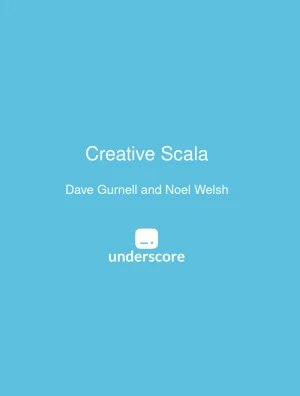OOP - Learn Object Oriented Thinking and Programming
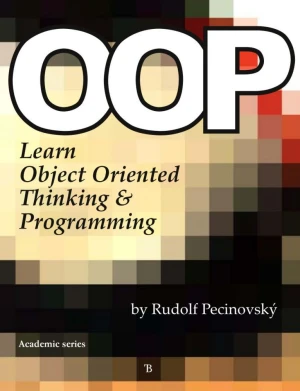
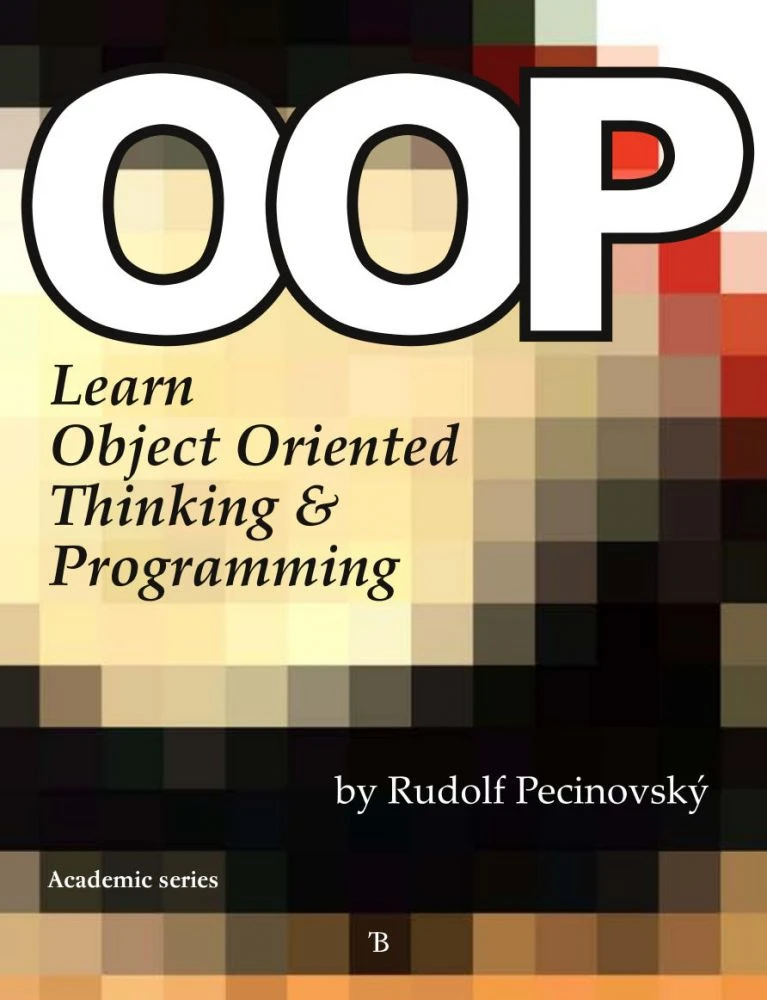
Book Details
| Author | Rudolf Pecinovský |
| Publisher | Bruckner |
| Published | 2013 |
| Edition | 1st |
| Paperback | 527 pages |
| Language | English |
| ISBN-13 | 9788090466180, 9788090466197 |
| ISBN-10 | 8090466184, 8090466192 |
| License | Open Access |
Book Description
This open book stands out within the wide range of programming books aimed at complete beginners. It is uniquely structured as a record of a dialogue between the author and his daughter, who wishes to learn programming. The author's goal is not merely to explain the Java language, but to teach genuine programming - to instruct readers on how to think and design programs as experienced developers do. The material is presented in a highly illustrative manner, making it accessible even to secondary school students.
The book draws on the author's extensive experience teaching children, university students, and professional programmers. He employs the Architecture First methodology, a approach developed in response to industry complaints that graduates, while often proficient at coding, typically lack skills in software architecture. The author adheres to the pedagogical principle that the most important concepts should be introduced as early as possible. Consequently, he guides readers to apply proper architectural design to their programs and to avoid common mistakes from the very beginning.
For program design, the book uses the BlueJ development environment, which is specifically designed for beginners. This tool allows the explanation, demonstration, and programming of fundamental architectural constructs without abandoning the architectural level for the code level. The book is divided into three parts. The first part explains basic object-oriented programming constructs, with all programs created using BlueJ's built-in code generator. The second part revisits these constructs, teaching readers how to code the programs themselves, mirroring the generator's output from the first part. The third part introduces constructs beyond the capabilities of the code generator, requiring readers to program them independently, though the core explanations remain at the architectural level.
While the book is intended primarily for absolute beginners, experience has shown that even intermediate programmers can find a great deal of interesting and informative content within it.
This book is published as open-access, which means it is freely available to read, download, and share without restrictions.
If you enjoyed the book and would like to support the author, you can purchase a printed copy (hardcover or paperback) from official retailers.
Download and Read Links
Share this Book
[localhost]# find . -name "*Similar_Books*"
Object-oriented Programming in C#
Object-oriented Programming in C# is a practical guide to OOP concepts using C#, designed for programmers with experience in imperative languages like C or Java. Originally created in 2006, it takes an "object-later" approach, first reinforcing foundational programming skills before introducing object-oriented principles. The material combines anno
Professor Frisby's Mostly Adequate Guide to Functional Programming
This is a book on the functional paradigm in general. Brian Lonsdorf will use the world's most popular functional programming language: JavaScript. He acknowledges that some may feel this is a poor choice as it's against the grain of the current culture which, at the moment, feels predominately imperative. However, Lonsdorf believes it is the best
Fundamentals of Computer Programming with C#
This open book aims to provide novice programmers solid foundation of basic knowledge regardless of the programming language. This book covers the fundamentals of programming that have not changed significantly over the last 10 years. Educational content was developed by an authoritative author team led by Svetlin Nakov from the Software University
A Functional Pattern System for Object-Oriented Design
This book integrates the vital areas of object-orientation, functional programming, design patterns, and language design. The most important concepts from functional programming are captured with six design patterns: FUNCTION OBJECTS (Black-box behaviour parameterisation) LAZY OBJECTS (Evaluation-by-need semantics) VALUE OBJECTS (Immutable values)
Creative Scala
Creative Scala is designed for developers with no prior experience in Scala, offering a fun and gentle introduction to functional programming. The book assumes only basic familiarity with another programming language and little to no exposure to Scala or functional programming concepts. The authors have three main objectives with this book: 1. Intr
Blueprints
Blueprints is a concise yet comprehensive coverage of Object-Oriented Analysis and Design concepts, suitable for a second programming course in Computer Science. It introduces and teaches application development in a command-line environment, and assumes basic expertise with the Java programming language.

